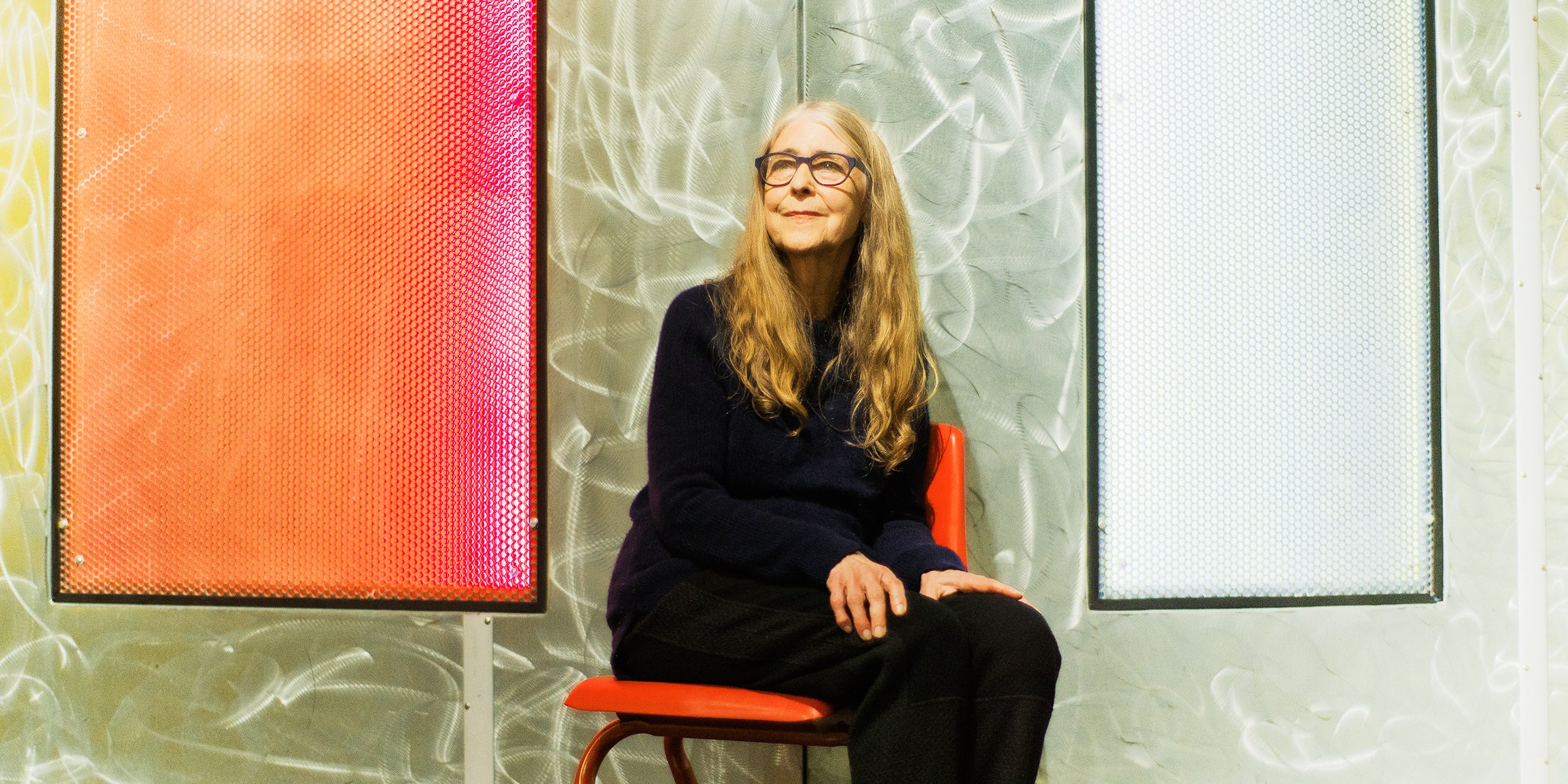Margaret Hamilton, who by relentlessly rooting out errors in the software guiding our astronauts on the first trip to the moon in 1969,is a true American heroine who has now turned 83 years of age. Quoting from this month’s MIT News,we note that Hamilton, who was a leader in MIT’s Instrumentation lab in 1964,served as the head of software engineering for the planned Apollo Mission to implement the “impossible” task of placing the first Americans on the moon.
When Margaret was a child in the 1940s, her father used to take her on long drives through Michigan’s Upper Peninsula. They would often talk about “philosophy-related things” such as “what if” and “why” or “why-not” for certain events to occur.
About two decades later, Hamilton held her breath in the MIT Instrumentation Lab’s mission monitoring room as one of the greatest “what ifs” in history came to fruition. On July 20, 1969 at 3:17 p.m. Boston time, the lunar module Eagle touched down on the moon, As Margaret likes to say, “The Eagle’s crew were the first humans to walk on the lunar surface- and her team’s software were the first to run on it.”
In more than a decade working with the Apollo mission, Hamilton helped safely shepherd spaceships into and out of orbit with her software. She led a group of 100 programmers, bringing rigor-and respect-to what was then the brand-new field of software engineering. In fact, Margaret came up with the term”software engineer” and pushed for its use. And she did it with creativity and aplomb, led by a conviction repeatedly borne out: that “the never-going-to-happen can happen.”
Sometimes inspiration came from unexpected places. Margaret would bring her daughter, Lauren, to the lab with her on nights and weekends. Lauren, then 4-years-old, liked to play astronaut in the team’s simulators and one day, pressing buttons at random, she caused a spectacular software crash. Hamilton investigated and found that Lauren had confused the program by keying in a pre-launch sequence called P01 “in the middle of the mission.”
Consequently, Hamilton asked the powers at NASA to let her add a safeguard to prevent that error in real flight, and they laughed it off as too unlikely. But they let her make note of it. When an astronaut did make that very same blooper during the Apollo 8 mission-the first manned flight to the moon-it caused navigational data to vanish, and they called Hamilton in to get it back.
Hamilton remember saying to a couple of guys: “It’s the Lauren bug!”
Hamilton’s role in computing history is gaining greater public recognition. In 2016 she received the PRESIDENTIAL MEDAL OF FREEDOM from President Barack Obama, who praised her “American Spirit of Discovery.”


You must be logged in to post a comment Login